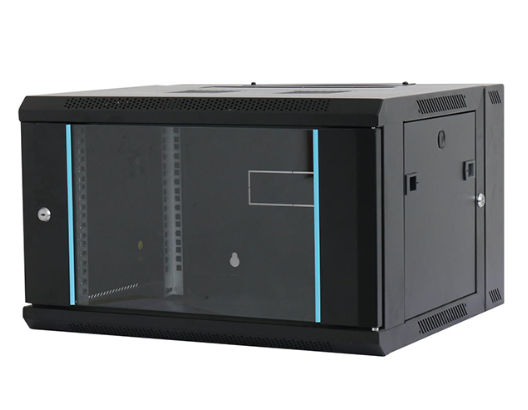News
Site Editor
 Site
https://leonetworkgroup.usa18.wondercdn.com/uploads/image/5fe152faa587d.png
Coaxial cables are essential components used for connecting different electronic equipment. These cables are specially designed to transmit high-frequency signals, such as video and audio signals, from one device to another. However, like any other electronic component, these cables can also develop problems over time. Therefore, it is important to test them regularly to ensure that they perform o
Site
https://leonetworkgroup.usa18.wondercdn.com/uploads/image/5fe152faa587d.png
Coaxial cables are essential components used for connecting different electronic equipment. These cables are specially designed to transmit high-frequency signals, such as video and audio signals, from one device to another. However, like any other electronic component, these cables can also develop problems over time. Therefore, it is important to test them regularly to ensure that they perform o
How Can I Test My Coaxial Cable
Views: 432
Author: Site Editor
Publish Time: 2023-07-10
Origin: Site
Coaxial cables are essential components used for connecting different electronic equipment. These cables are specially designed to transmit high-frequency signals, such as video and audio signals, from one device to another. However, like any other electronic component, these cables can also develop problems over time. Therefore, it is important to test them regularly to ensure that they perform optimally. In this article, we will provide some tips on how to test your coaxial cable effectively.
Step 1: Inspect the Cable and Connectors
The first step in testing your coaxial cable is to inspect it carefully. Check for any signs of physical damage, such as cuts or abrasions, that may affect the cable's performance. Also, examine the connectors on both ends of the cable. Look for any corrosion, oxidation, or loose connections that may cause signal loss or interference.
Step 2: Test the Continuity of the Cable
After examining the cable and connectors, the next step is to test the continuity of the cable. This can be done using a continuity tester or multimeter. A continuity test determines whether electricity can flow continuously through the cable. Connect one end of the tester or multimeter to the inner conductor at one end of the cable, and the other end to the corresponding conductor at the other end of the cable. If there is a complete connection, the tester or multimeter will beep or show a reading on the screen. If there is no continuity, it means that the cable is broken or has a damaged conductor.
Step 3: Measure the Cable Impedance
Another important parameter to test in a coaxial cable is the impedance. Impedance is the resistance offered by the cable to the flow of alternating current (AC) signals. The standard impedance for coaxial cables used in broadcasting is 75 ohms. However, some cables with an impedance of 50 ohms are also commonly used for telecommunications. To measure the impedance, you can use an impedance meter or a network analyzer. Connect the cable to the device and the meter, and set the meter to measure impedance. If the measured impedance is within the cable's specified range, the cable is considered to be in good condition.
Step 4: Check for Signal Degradation
Lastly, you need to check the cable's performance by transmitting signals through it. Connect the cable to the device and monitor the signal output. If the signal is distorted, noisy, or weak, it may indicate a problem with the cable. Check the cable length, connectors, and other factors that may affect signal quality.
Conclusion
Testing your coaxial cable is essential to ensure that it performs optimally. By following the steps outlined above, you can check the cable's continuity, impedance, and signal quality. Regular testing can help you identify any issues with the cable and take appropriate measures to address them. Remember that a well-maintained cable can significantly improve the performance of your electronic equipment, ensuring that you enjoy high-quality audio and video transmission.
If you want to know more about industrial network cabinet,china fiber optic splice closure,china fiber optic distribution box,please consult the fiber optic splice closure factory









